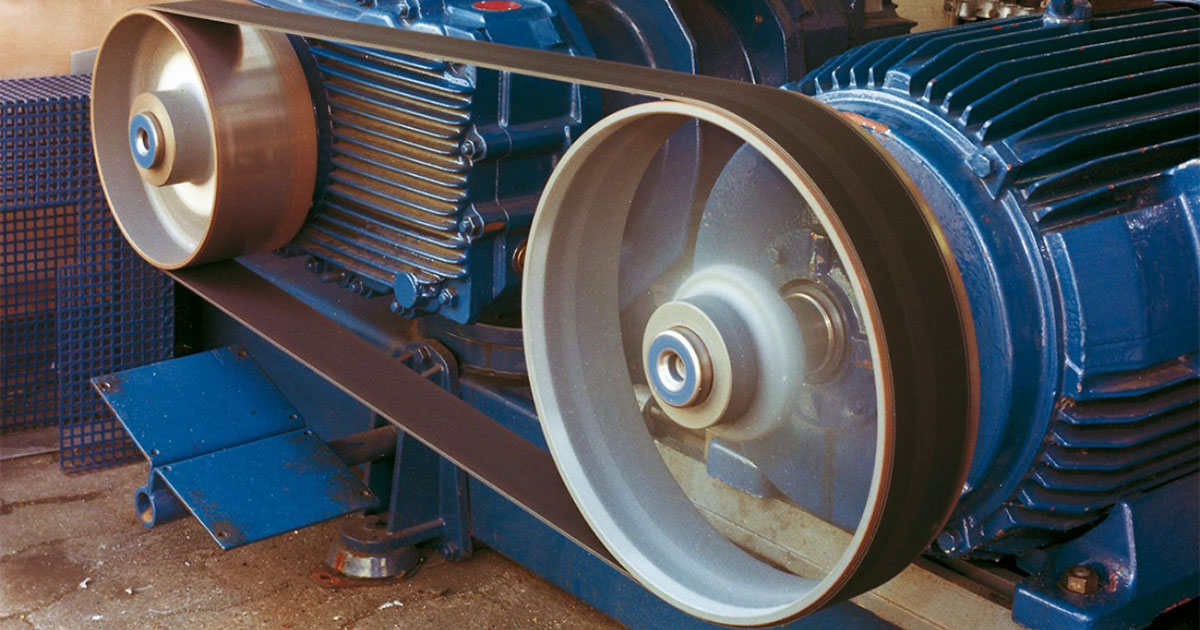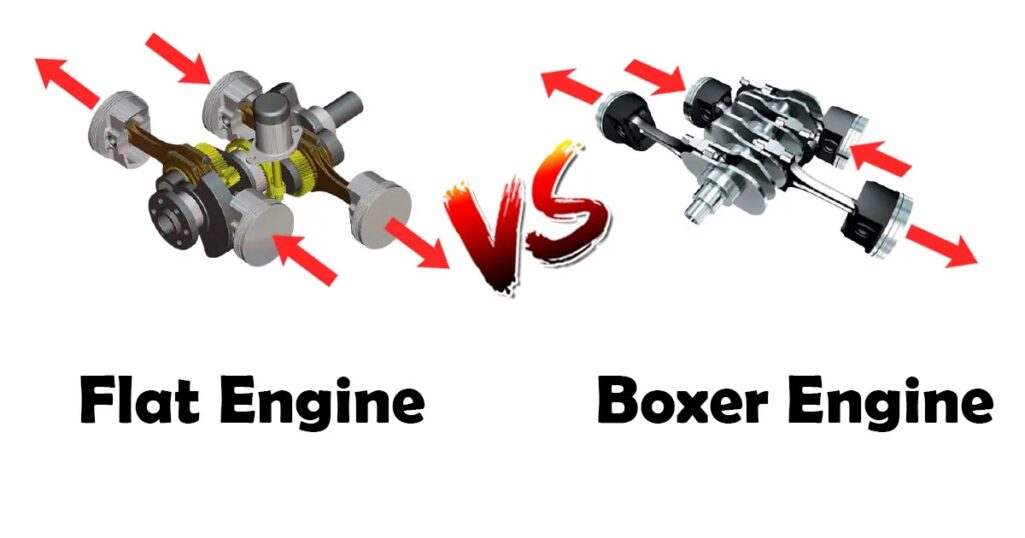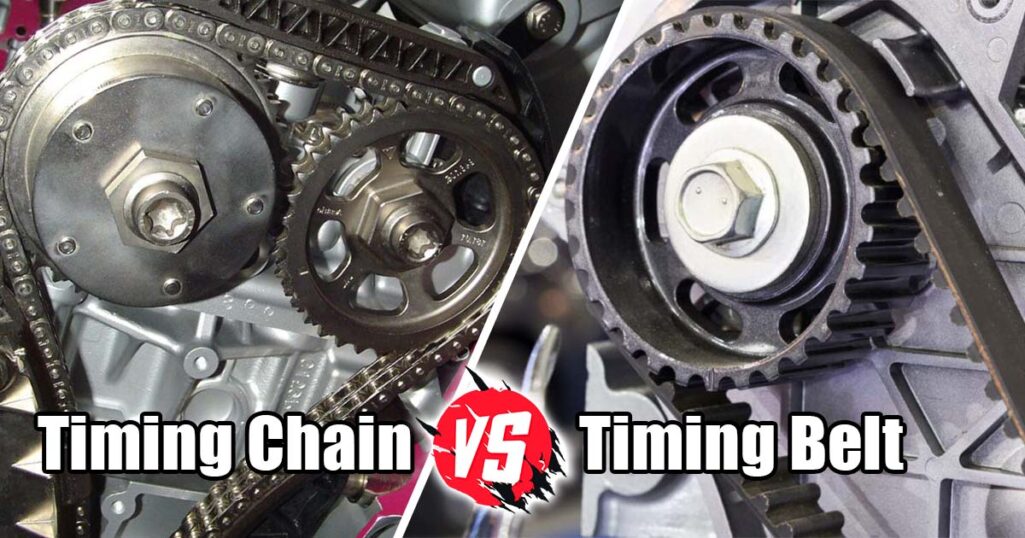
Many individuals are not sure if there’s a distinction between timing chain versus timing belt, especially because they both have the same purpose in an engine system. They mistakenly believe they are the same.
Timing belts and chains are crucial elements of an engine that contribute to an engine’s smooth running, and every vehicle is equipped with either a timing belt or a timing chain. No vehicle has both.
Despite their comparable duty, there are significant distinctions between these two. That leaves you asking what may be the difference between a timing belt and a timing chain.
The Purpose of Timing
Simple explanation: timing belts and chains keep the fuel injection, air intake, and piston timing in harmony. Air and fuel should enter a piston as it goes downward.
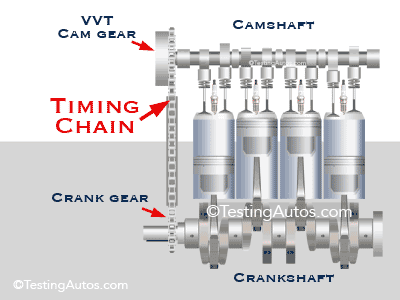
An ignition spark plug then causes the gasoline to ignite, and the piston is pushed back down. As soon as it is done, the piston rises again to force the residual gas out of the engine and into the exhaust pipe.
In the blink of an eye, everything must come together in perfect harmony. Fuel injectors must be working while the crankshaft lowers the piston to ensure that the cylinder is filled with gas. Each of these parts is linked together by a timing belt or chain to control when the valves open to let air or fuel in relative to the pistons.
Engine damage might occur even if your timing is just a fraction off. Engine misfires can be caused by incorrect ignition timing, which results in unburned fuel. You’ll know something’s wrong when your car won’t start or idles strangely.
Watch this video to have a clear view of the engine timing and its importance:
Timing Chain
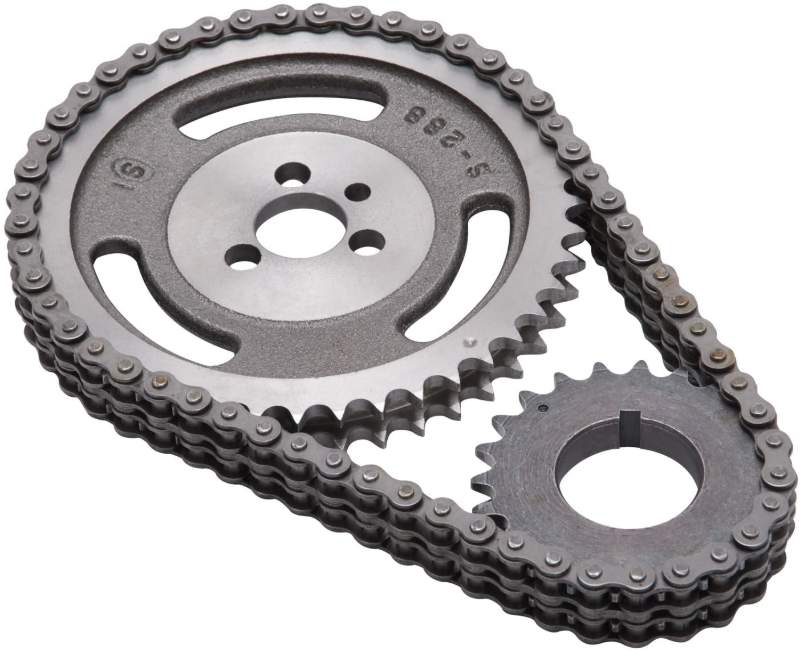
As a component of an internal combustion engine, the timing chain assists in keeping the camshaft and the crankshaft in sync, allowing the engine valves to open and close as needed during the exhaust and intake strokes.
In a cost comparison of timing chain vs. timing belt, chains come out on top (cost more), although they require less frequent maintenance. Aside from that, they aid in the operation of valves that deliver fuel to the combustion chamber.
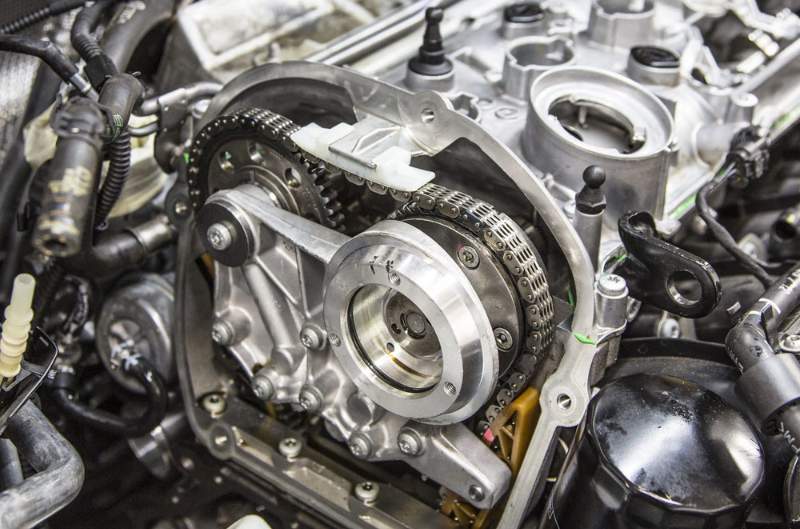
In other words, the timing chain serves as a link between the top (valves and cylinder heads) and lower parts (crankcase and piston) of your vehicle’s engine.
The timing chain looks just like a bicycle chain and produces more noise than a timing belt. Proper valve timing and stroke timing in the cylinders of a car’s engine are critical to ensuring optimal engine performance, sufficient power delivery, and efficient fuel management.
Advantages of Timing Chain
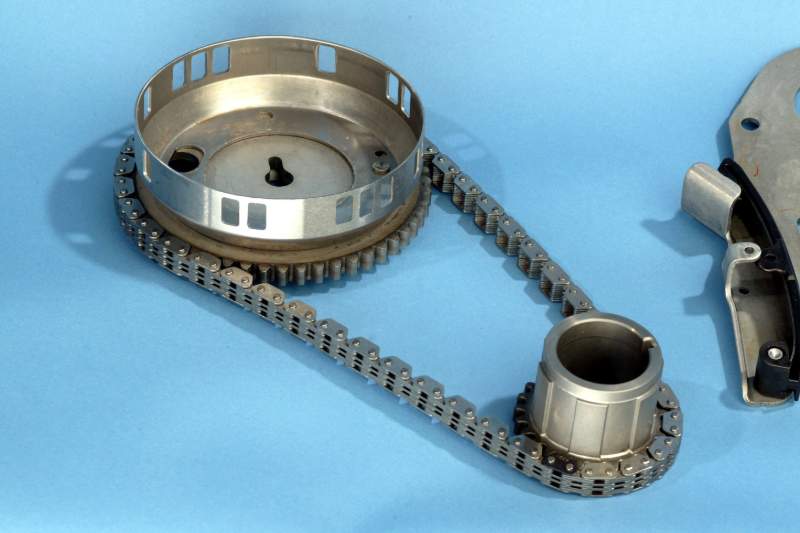
Timing chains have a long lifespan:
The metal utilized to make it has a high level of durability.
Most manufacturers suggest that if you can maintain your engine properly, you may not need to replace your timing chain, which is true if you use the appropriate oil.
Doesn’t expand or elongate:
Timing chains are constructed of metal, so they don’t change in length or behave differently depending on temperature.
As a result, the chain tensioner is smaller, and the chain’s chances of breaking are minimal.
There is no slipping:
There’s no slipping involved with the timing chain, as there is with the belts.
Disadvantages of Timing Chain

Costly:
While a timing chain outlasts a timing belt, a chain is more costly than a belt.
Lubrication is required:
If you drive a car with low oil or a low-pressure oil pump, your engine may suffer. Your engine’s timing chain will last longer if you use high-quality engine oil.
Hydraulic pressure is necessary for chains to work:
Hydraulic pressure is required to operate the timing chains, which might sometimes be an issue.
Timing Belt
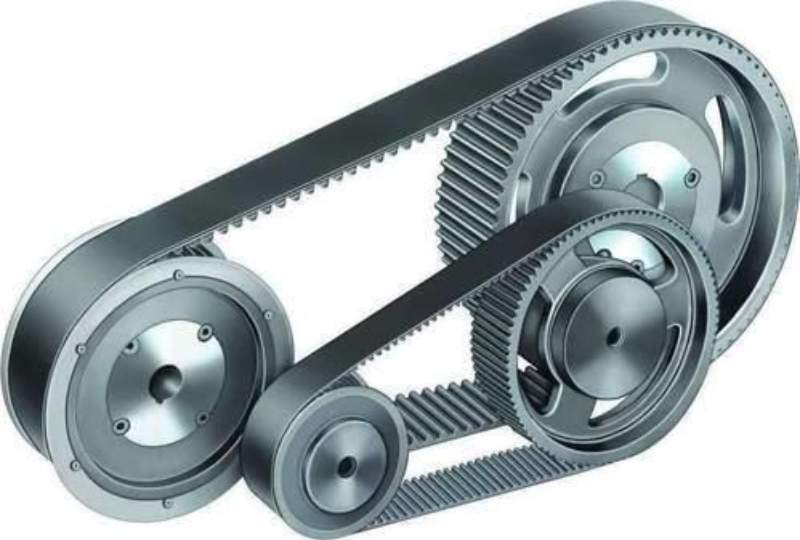
When compared with timing chains, timing belts produce less noise. With reduced friction, the piston and valves have less contact, preventing them from impacting one other.
The timing belt looks like a tooth or a circular belt with teeth on it.
Unlike the timing chain, a timing belt is constructed of rubber and fiberglass and performs the same duties as the chain. The camshaft is controlled by a belt attached to the ribbed gears at the ends of the cams and the crank.

The lifespan of a timing belt is less than that of a timing chain. They’re smaller, lighter, cheaper, and quieter.
The engine’s camshaft and crankshaft are linked by a timing belt, which allows the valves to open and close in time with the piston’s movement.
Advantages of Timing Belt:
- It does not create a lot of vibration
- High timing precision without sacrificing high-torque carrying capacity
- Minimal noise produced
- Rust-proof
- It’s lighter
- Much more affordable (No required lubrication, tensioning devices, and adjustments)
Disadvantages of Timing Belt:
- You should replace your belt on a regular basis
- For certain engines, it is dependent on the water pump
- It requires more attention and maintenance
Conclusion
A timing chain is preferable to a timing belt if you don’t pick an engine model with a history of timing chain failures. As much as it may cost to replace a timing chain, the chances are that you’ll never have to do it again.
On the other hand, the timing belt will probably need to be replaced two or three times during the course of the vehicle’s lifespan.
Changing the timing belt three times can cost you more than $2,000. As a result, there is virtually no reason to use a timing belt in a modern car, as timing chains are becoming just as quiet as timing belts.
The most important thing to remember is to stay up with all of your service intervals, no matter which option you choose.



